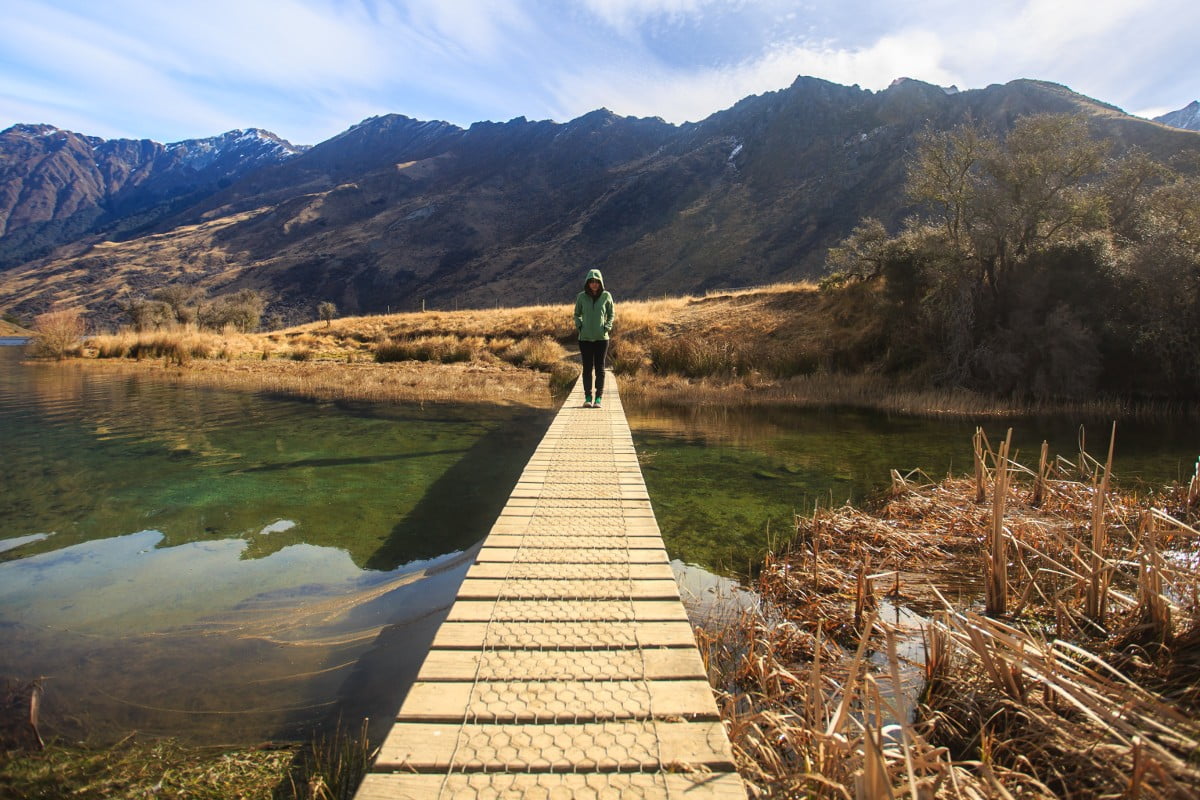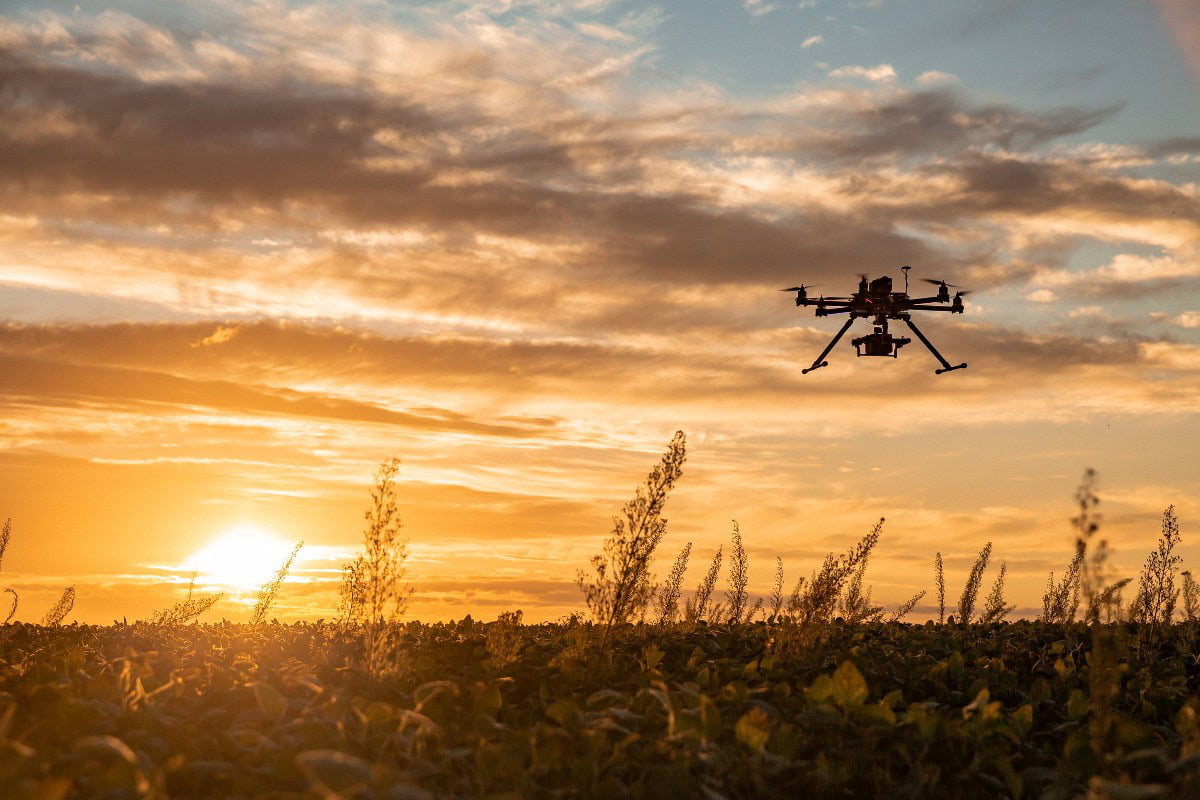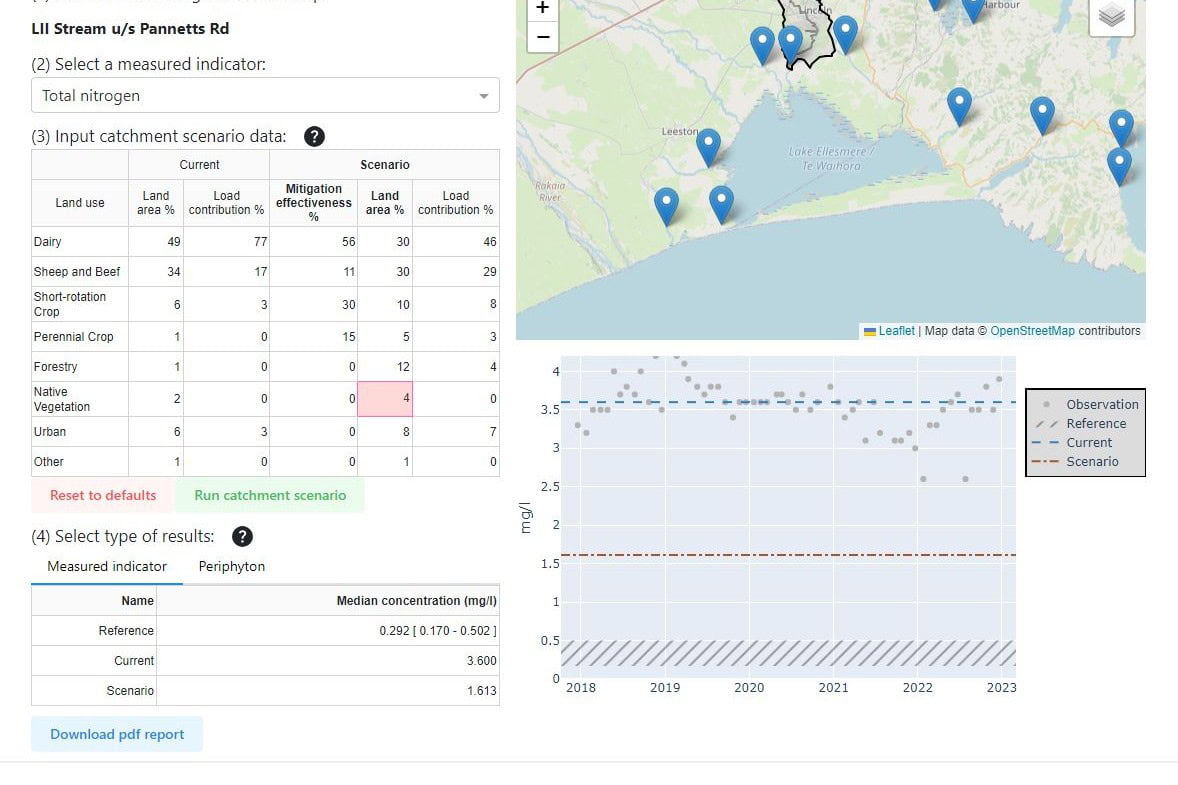August 30, 2024
Resources for
Government
Koon Chakhatrakan, Unsplash
People who work in government ministries and agencies can implement policies that support farmers and growers to restore soil, waterways and wildlife, while they grow great food. These resources can help guide a transition to mosaics of land use that are healthy, prosperous and resilient.
Showing 1 - 12 of 547 results
Development and validation of a nation-scale framework to characterize the fate and transport of key agricultural contaminants
A hydrological framework encompassing nitrogen (N), phosphorus (P) and microbial (E. coli) transfer from land to water was developed to provide a consistent and rapid…
Impact of delivering green dairy products on farm in New Zealand
This paper aims to explore whether consumers’ willingness-to-pay (WTP) a price premium could incentivise dairy farmers to deliver products with credence attributes (CAs) in New…
Eutrophication and climate change impacts of a case study of NZ beef to the European market
Beef production in the Lake Taupō region of New Zealand is regulated for nitrogen (N) leaching. The objectives of this study were to 1) evaluate…
Nitrogen loads to New Zealand aquatic receiving environments: Comparison with regulatory criteria
There is concern about the deteriorating nutrient status of aquatic receiving environments in New Zealand. We estimated the amount by which current nitrogen (N) concentrations…
Guide to Vision Mātauranga
The Guide to Vision Mātauranga was developed by the Rauika Māngai, an assembly of senior Māori representatives from across the National Science Challenges, for for…
Land-Water Interoperable Models
This report summarisises the work of the Interoperable Modelling Systems for Integrated Land and Water Management programme. The programme aimed to develop an interoperable modelling…
Interoperable Modelling – spatial economic optimisation
In this report we describe the application of the spatial modelling and optimisation framework LUMASS as a spatial optimisation tool in the Interoperable Modelling Project.…
Demonstrating efficacy of on-land management actions to improve water quality: How can we quantify what actions have been done?
We reviewed 91 global publications and proceedings between 1989 and 2019 which assessed the complexities related to recording and reporting sustainable land use actions with…
 View Our Strategy Document 2019 – 2024
View Our Strategy Document 2019 – 2024


